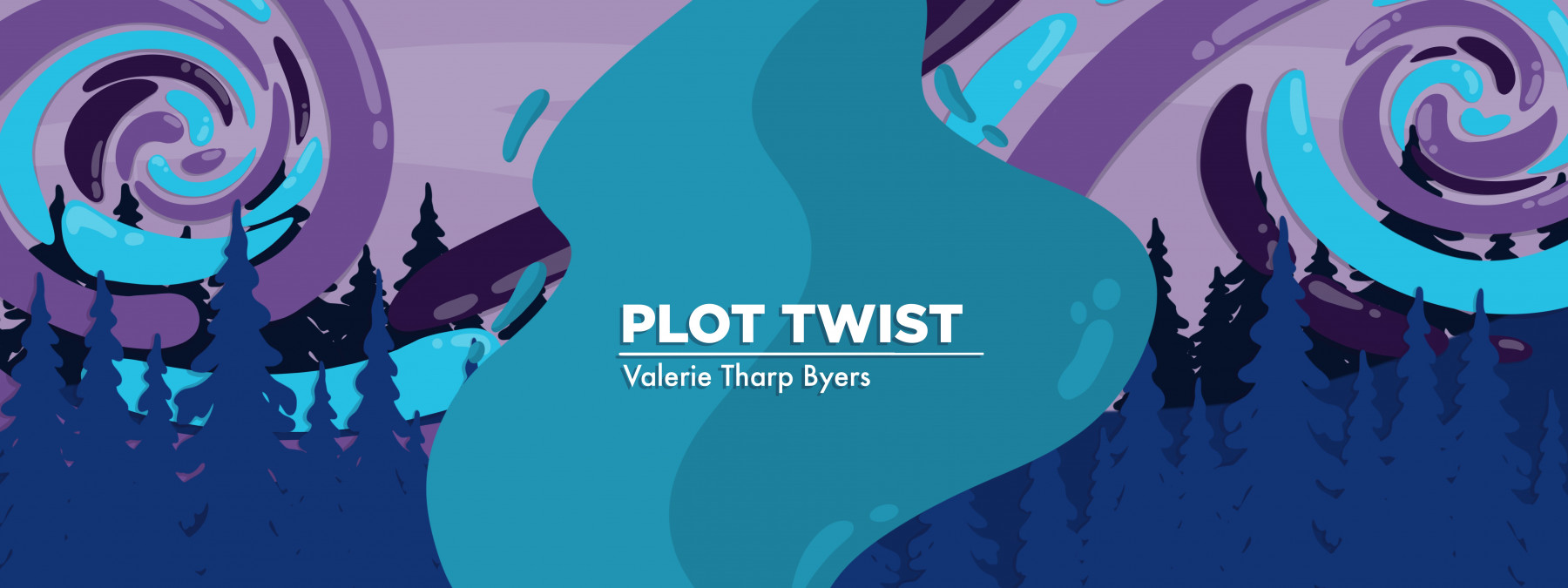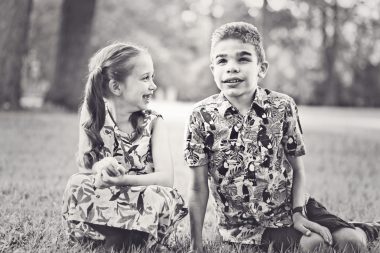This Parent’s Fractured Life, Stitched Back Together
Written by |

This was my Wednesday afternoon: I’m changing my son’s diaper while talking on the phone with one of his specialists to schedule his annual visit. I glance at the clock — his speech therapist will arrive in just 10 minutes and he still needs his snack. I finish the call and hang up.
The phone rings. The caller asks a question about my daughter’s Girl Scout troop. As I head over to my computer to get that information, my phone alarm starts chiming, reminding me it’s time for my daughter’s piano lesson. And then my daughter pulls on my arm, excited to tell me about the math concepts she’s learning in school. I walk into the kitchen to prepare my son’s snack and hear water spilling and my son’s laughter.
“Momma, Bubby got his cup and spilled it all over the floor! And have you seen my piano bag?”
I want to cry, but I don’t have time. So I take a deep breath and go on, trying to wrap my head around these two very distinct paths this mother has to walk.
I am a planner. Making lists and organizing things have been intrinsic parts of my personality for as long as I can remember. When my son, Will, was diagnosed with Sanfilippo syndrome in 2015, my plans for life may have radically changed, but my need to make plans, to have some control over my circumstances, did not.
My husband and I accepted our diagnosis and dove in, looking not only for ways to help Will and keep his quality of life high, but also for opportunities where Will and his life could make a difference. We mourned the loss of the future we thought we would have, but we embraced the reality that Will had a different purpose. And we worked to help fulfill that purpose.
We created WILLPower, our grassroots effort to raise awareness about Sanfilippo syndrome at a local level, and partnered with the Cure Sanfilippo Foundation to raise funds and foster research on a larger scale. We scheduled therapies, built a team of doctors, and advocated for Will and other children’s inclusion in local programs. We looked to become a purpose-driven family with the hope of meeting the challenge of caring for a child with special needs. We became “rare disease parents.”
However, Will wasn’t the only child we had to parent.

“Little Sister” smiles at her big brother, Will. (Courtesy of Valerie Tharp Byers)
“Little Sister,” as we affectionately call her, was only 15 months old when Will was diagnosed. Her entire life has been shaped by her Bubby’s needs and schedule. Therapy sessions, doctor appointments, and clinical trial travel are her norm. Although she is getting powerful lessons in empathy and inclusion, watching her grow reminds me that while I am a “rare disease mom,” I am also the mother of a little girl who has her own needs and her own path.
We decided to send Little Sister to a different school than Will. This way, she could have a place where her identity was her own, so she wasn’t just known as “Will’s sister.” This isn’t to say her brother is hidden; her school and her teachers and friends all know our situation and are supportive. But having her own setting lets her take a break from her super-sibling role and just be a kid.
And it was good for me, too. In this new environment with new people, I was a “normal” mom. Instead of therapy and medication regimens, my focus was on choir performances and sports practices. After such a long time immersed in my son’s world, it took me a while to find my footing in my daughter’s. The two worlds require different types of interactions and I have had to be mindful of not overwhelming one group with my rare-disease life, and not overwhelming the other group with “normal” life anecdotes. It has been a constant balancing act.
Living this dual life is tiring, and sometimes it feels as if I have a fractured identity. But what I didn’t plan on is how these identities can actually support each other. My “normal mom” identity offers some respite from the daily reminders that I’m also parenting a child with a terminal disease, and all the pain and heartache that accompanies that. Meanwhile, my “rare disease mom” identity grounds me about what’s really valuable and helps me keep my perspective.
These weren’t the lessons I planned to learn from being a parent, but they might be some of the most vital.
***
Note: Sanfilippo News is strictly a news and information website about the syndrome. It does not provide medical advice, diagnosis, or treatment. This content is not intended to be a substitute for professional medical advice, diagnosis, or treatment. Always seek the advice of your physician or other qualified health provider with any questions you may have regarding a medical condition. Never disregard professional medical advice or delay in seeking it because of something you have read on this website. The opinions expressed in this column are not those of Sanfilippo News or its parent company, Bionews, and are intended to spark discussion about issues pertaining to Sanfilippo syndrome.






Vikram Sehgal
Thank you for sharing. Helpful. Best wishes.